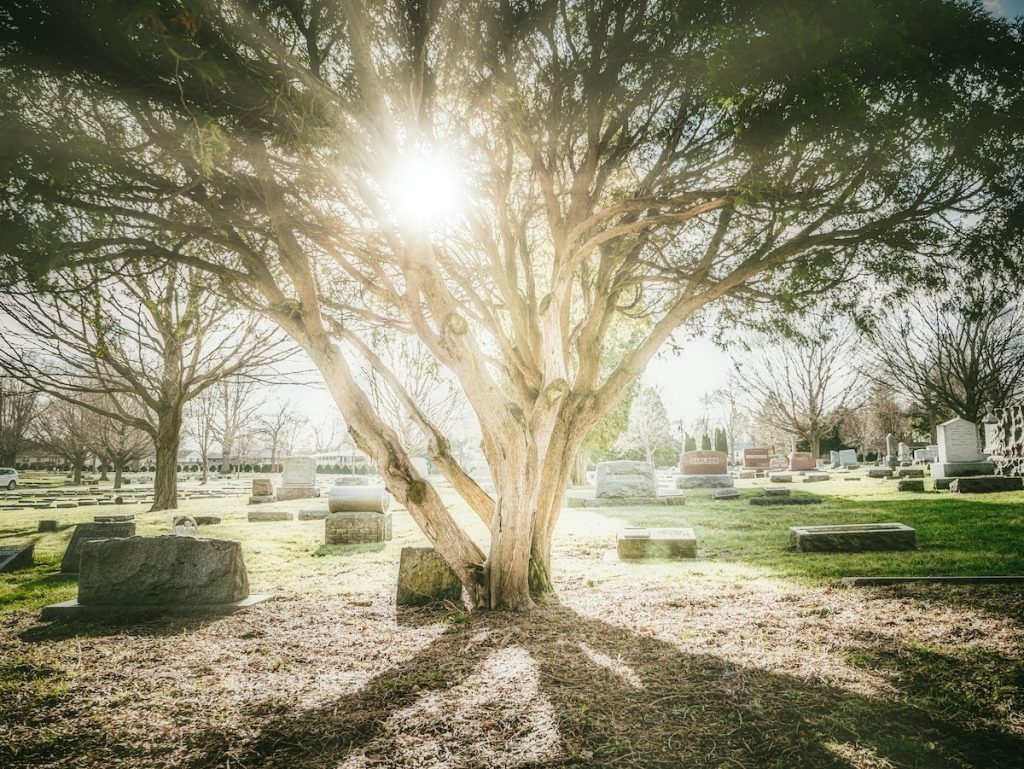Grief and loss are universal experiences that touch us all at different points in our lives. But despite the universality of these emotions, the way we cope with them can vary greatly. One powerful, often overlooked aspect of healing is communal wellness—the collective health and harmony of a community that provides support and strength to its members in times of sorrow. At the heart of communal wellness are practices and symbols that unite, inspire, and foster healing.
Enter the concept of memorial trees—a profound and meaningful way for communities to collectively remember and celebrate the lives of their loved ones. These living tributes stand tall, not just as markers of remembrance, but as integral contributors to the wellness of the community as a whole. In essence, memorial trees serve as an embodiment of hope, growth, and collective healing, intertwining the well-being of the environment with the emotional resilience of the community.
Connection to Nature
The soothing embrace of nature has long been recognized as a vital component in the journey of healing and wellness. It offers a sanctuary from the tumult of grief, providing a serene backdrop where communities can find solace and rejuvenation. The rustle of leaves, the gentle caress of the wind, and the solid presence of trees can instill a profound sense of peace and hope, acting as silent supporters in times of loss.
At the intersection of nature’s healing touch and the commemorative spirit of communities, we find memorial trees. These trees are not just a testament to those we’ve lost but also contribute significantly to the green spaces within a community. They transform landscapes, instilling life and beauty while serving as tangible reminders of loved ones. In doing so, memorial trees provide a place of refuge and reflection, where communities can come together, connect with nature, and find collective healing and strength.
Communal Grieving and Support
The loss of a loved one often leaves a void that can be overwhelming to face alone. In these times of grief, shared spaces become essential, providing a place where community members can gather, share their stories, and support one another. Communal grieving is an integral aspect of healing, where shared empathy and understanding can ease the pain and foster a sense of belonging and acceptance.
Memorial trees play a significant role in creating these shared spaces. They serve as a living tribute to the departed, a place where community members can congregate, find comfort in each other’s company, and collectively remember and celebrate the lives of their loved ones. These trees stand as symbols of resilience and continuity, offering a serene and calming environment that facilitates mutual support and communal healing. In the embrace of nature, communities can find solace, strength, and the support needed to navigate through their loss together.
Cultural and Spiritual Significance
Throughout history, trees and forests have held profound cultural and spiritual significance across various civilizations and religions. From being seen as sacred entities in ancient pagan beliefs to their role as the Tree of Life in numerous spiritual teachings, trees represent growth, life, and connection. They are symbols that transcend the physical realm, offering insight and wisdom for those who seek it.
Memorial trees, in particular, serve as a powerful medium for communities to uphold and honor their values and beliefs. By dedicating a tree to a loved one or a significant event, communities actively engage in preserving their cultural heritage and spiritual traditions. These living tributes stand as a testament to the values that define them, ensuring that their beliefs are rooted in the fabric of time, and passed on to future generations as a legacy of strength and unity.
Legacy and Remembrance
The concept of legacy is deeply ingrained in human culture and personal values. We yearn to leave something meaningful behind, a testament to our lives and the impact we’ve made on our communities. This desire to create a lasting legacy is particularly poignant when it comes to remembering those we’ve lost. Memorial trees offer a unique and eco-conscious way to achieve this, standing tall as living tributes that grow and thrive over generations.
These trees, much more than just a physical remembrance, are symbolic of the circle of life. They represent continuity, growth, and the perpetuation of community bonds. As the trees flourish, so does the memory of our loved ones, firmly rooting their legacies in the very soil of our communities. This way, memorial trees serve as a beacon of hope and remembrance, ensuring that the contributions and memories of community members are cherished and preserved for future generations.
Community Building and Social Wellness
Memorial trees play a significant role in knitting communities closer together, offering a shared space where people can collectively remember and honor their loved ones. These trees stand as symbols of unity, representing the common bond of loss and remembrance that every individual in a community can relate to. They act as a testament to the lives of those who have passed away, ensuring that their memories are forever ingrained in the fabric of the community.
Moreover, communal spaces enriched with the presence of memorial trees are instrumental in fostering social connections and support. These spaces serve as meeting points where community members can gather, share their stories of loss, and find solace in each other’s company. The act of collectively planting and caring for a memorial tree can also be a powerful, unifying experience, providing an opportunity for community members to actively participate in the commemoration of their loved ones while supporting one another in their journeys of healing.
Conclusion
The interconnectedness fostered by memorial trees is profound, creating a harmonious blend of nature, remembrance, and community support. These living tributes serve as pillars of strength, offering a shared space where communities can collectively grieve, remember, and heal. The rooted presence of each tree stands as a testament to the individual’s life, embodying their legacy and contributing to the communal green space. In this way, memorial trees provide not just emotional support but also enhance the community’s environment, weaving together the cultural and spiritual fabric that defines and unites its members.
We encourage communities to recognize and embrace the myriad benefits that memorial trees bring. By doing so, we create a sustainable and meaningful method of remembering our loved ones, supporting each other during times of loss, and building a legacy that will flourish for generations to come. In the embrace of these memorial forests, we find solace, connection, and the strength to move forward, together.




